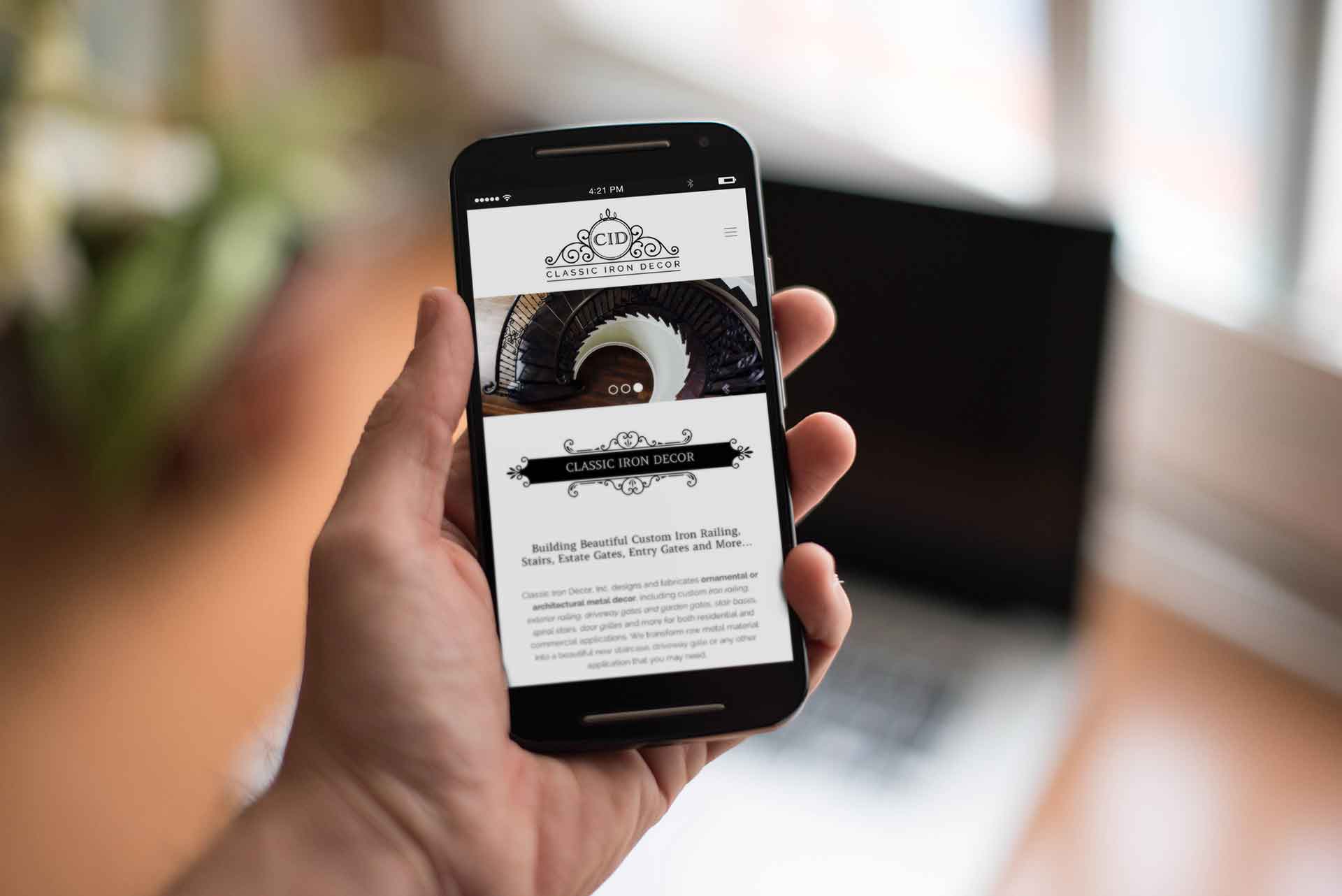
If you’ve used a smartphone or tablet to browse the internet in the past year, chances are you have encountered a mobile website in Jacksonville—whether you realized it or not! Major Jacksonville retailers, content providers and news sites have all created versions of their websites that are optimized for your mobile device. These “mobile websites” appear automatically when you direct your mobile browser to their URL.

A 2010 report by the International Telecommunication Union predicted that web use on mobile devices would exceed use on traditional desktop devices by 2015. It’s easy to believe now, at the end of 2013, that this prediction will come true. More consumers are using their phones on the go for all of their browsing—and even browsing the web at home using phones instead of laptops or desktops.
That’s why it’s more important than ever to explore the ways your content can get in front of Jacksonville mobile consumers on their phones and tablets—and how to harness this trend in your favor.
Mobile web has many differences to consider from traditional web:
Small Screen – Laptops and desktops commonly have a resolution of 1024×768 and higher, with landscape orientation. Smartphones and tablets in Jacksonville provide a unique challenge: they come in a huge range of sizes and most offer the ability to rotate content to either a landscape or portrait orientation. This means that content on a mobile site needs to be big enough to be read comfortably while at the same time be small enough so that the user won’t get frustrated scrolling through!

No Tabbing/Less Tab Functionality – Although we never want our users to navigate away from our content, the ability to allow a user to open up a link in a new browser has remained popular for traditional desktop design. With a larger screen and easy navigability, it’s not difficult to switch through windows or “tabs” in some browsers on a desktop or laptop computer. This does not translate well to the mobile browsing experience, where typically only one web page at a time can be displayed. Some tablets and operating systems will allow tabbing, but with the smaller size and clumsy navigation of these tools, it’s still less desirable than traditional tabbed browsing.
Slower Speed – Although the trend towards lightning fast mobile Internet continues, developers must acknowledge that many users are still using older devices or connecting via weak WiFi when accessing mobile websites. Jacksonville mobile users are just as impatient as desktop users, so it’s important to streamline a Jacksonville mobile site as much as possible. A mobile site that takes too long to load isn’t any more functional than a full site loaded on a mobile device. Don’t lose customers and visitors because of a slow load!
Fewer Bells & Whistles – With everything you’ve learned so far, it’s probably easy to guess that your mobile site will need fewer bells and whistles than your traditional site. Decorative elements, items that require Flash, Java or Cookies, large photos and animations should all be avoided.
 (walgreens.com mobile)
(walgreens.com mobile)
So, you know what a Jacksonville mobile website should look and feel like—but how does your website “know” whether to show a user your mobile site or your full site? When a device requests access to a website, it provides a bit of information about itself to the website. This will include some information such as the browser type. This information enables the website to “decide” what version should be displayed on the device: the full site or the mobile site.
Further reading:
Mashable: 10 Key Considerations for Your Mobile Web Design Strategy http://mashable.com/2011/03/24/mobile-web-design-tips/
UX Matters: 10 Ways Mobile Sites Are Different from Desktop Web Sites – http://www.uxmatters.com/mt/archives/2011/03/10-ways-mobile-sites-are-different-from-desktop-web-sites.php